Seed Bug Lethaeus africanus
Superfamily: Lygaeoidea. Family: Rhyparochromidae. Subfamily: Rhyparochrominae. Tribe: Lethaeini
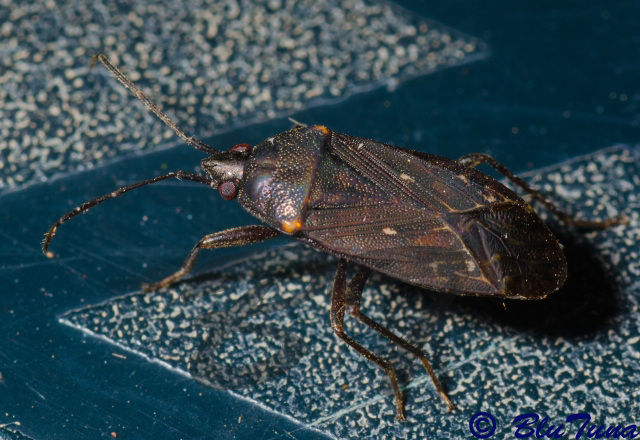
© BluTuna
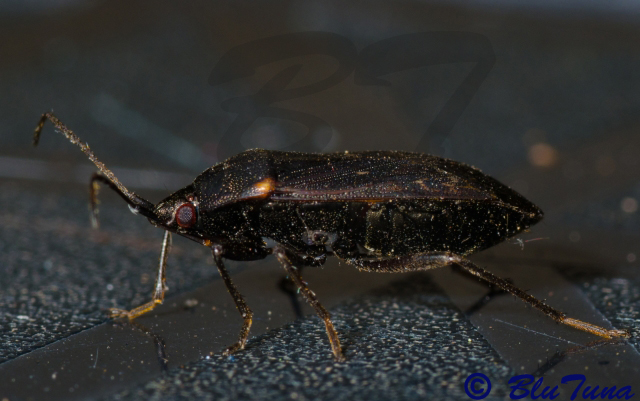
© BluTuna
Johannesburg
Rhyparochromidae, the largest Lygaeoid family of Order Hemiptera, is a cosmopolitan group of lygaeoid bugs, comprising two subfamilies Plinthisinae and Rhyparochrominae with 14 tribes, 372 genera and 1,850 species worldwide. The name Rhyparochromidae comes from the Greek
words rhyparos, meaning "dirt", and chromus, meaning "color". Rhyparochromids were first established as a suprageneric group, and were considered by many workers to be a subfamily within the Lygaeidae. Henry (1997) in reclassifying the Lygaeoidea established the Rhyparochromidae as a family.
The majority of rhyparochomids is phytophagous, ground-dwelling; seek seeds in litter below plants or in bird droppings. They have enlarged fore femora, armed below with stout spines for grasping seeds.
Stridulation is common in this family. The file-like stridulitra is found usually laterally on the first two or four visible abdominal sterna, and the plectrum on the fore or hind femur.
Seed bugs of the genus
Lethaeus are of moderate size, (7-10.5 mm); head and pronotum have conspicuous punctuation.
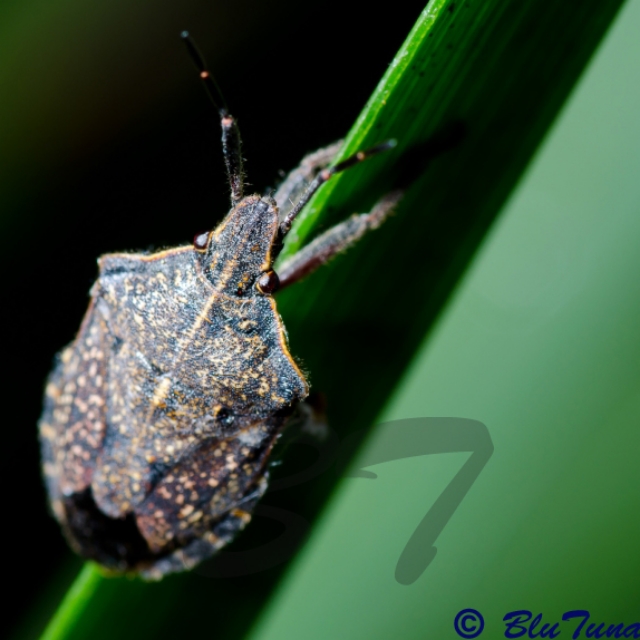 © BluTuna
© BluTuna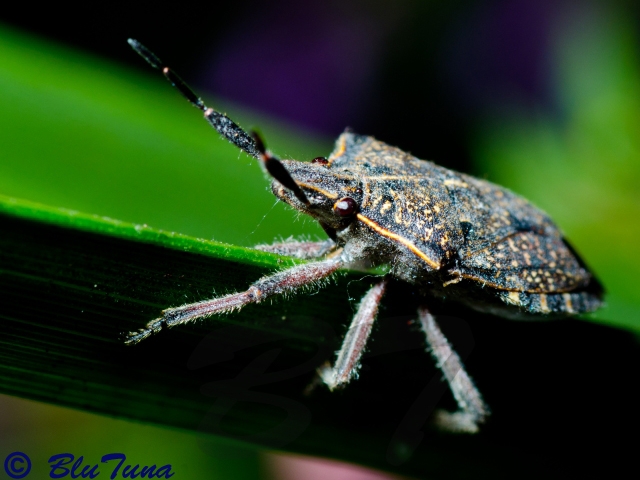 © BluTuna
© BluTuna


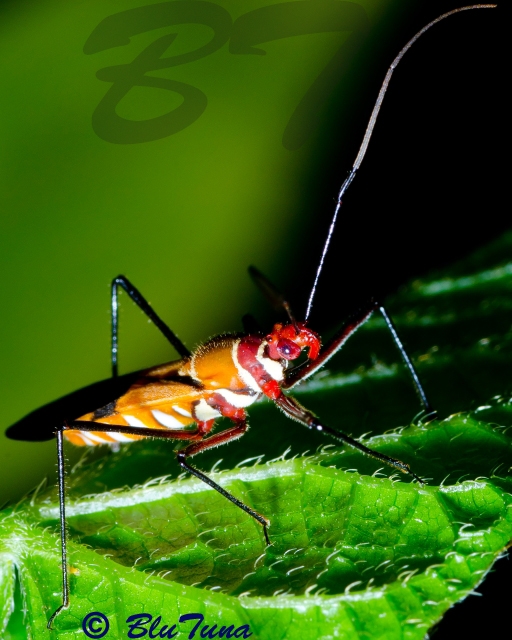 © BluTuna
© BluTuna © BluTuna
© BluTuna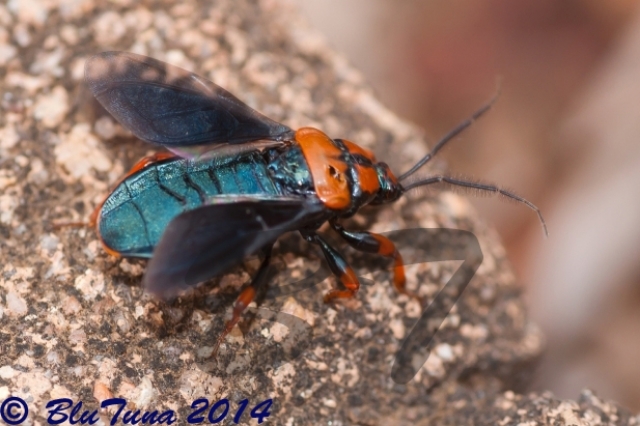 © BluTuna
© BluTuna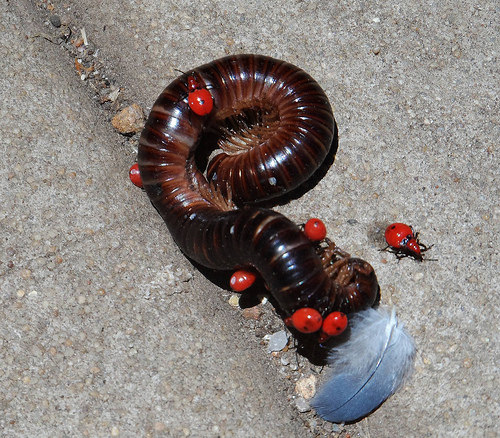 © Moggiedog
© Moggiedog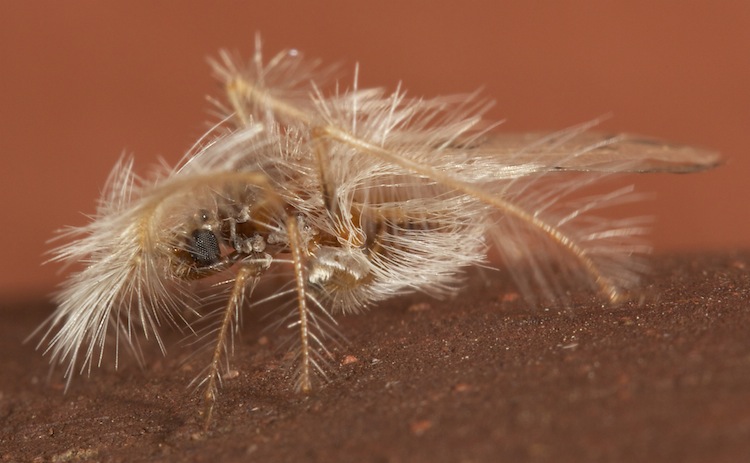 KTP
KTP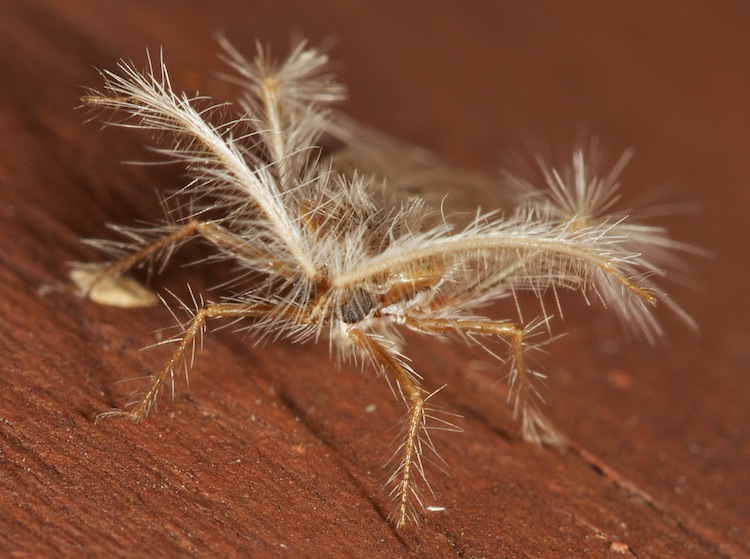

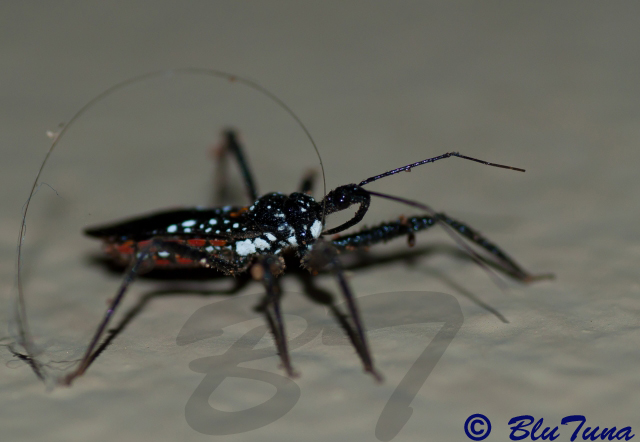 © BluTuna
© BluTuna © BluTuna
© BluTuna © BluTuna
© BluTuna © BluTuna
© BluTuna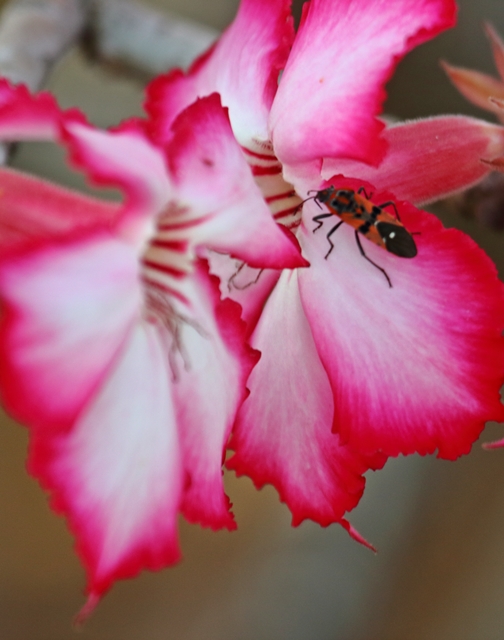 © Bush Brat
© Bush Brat